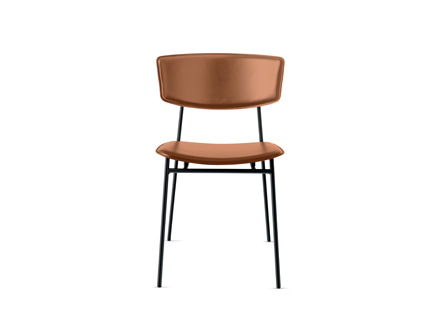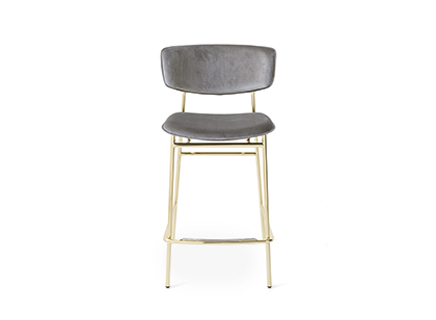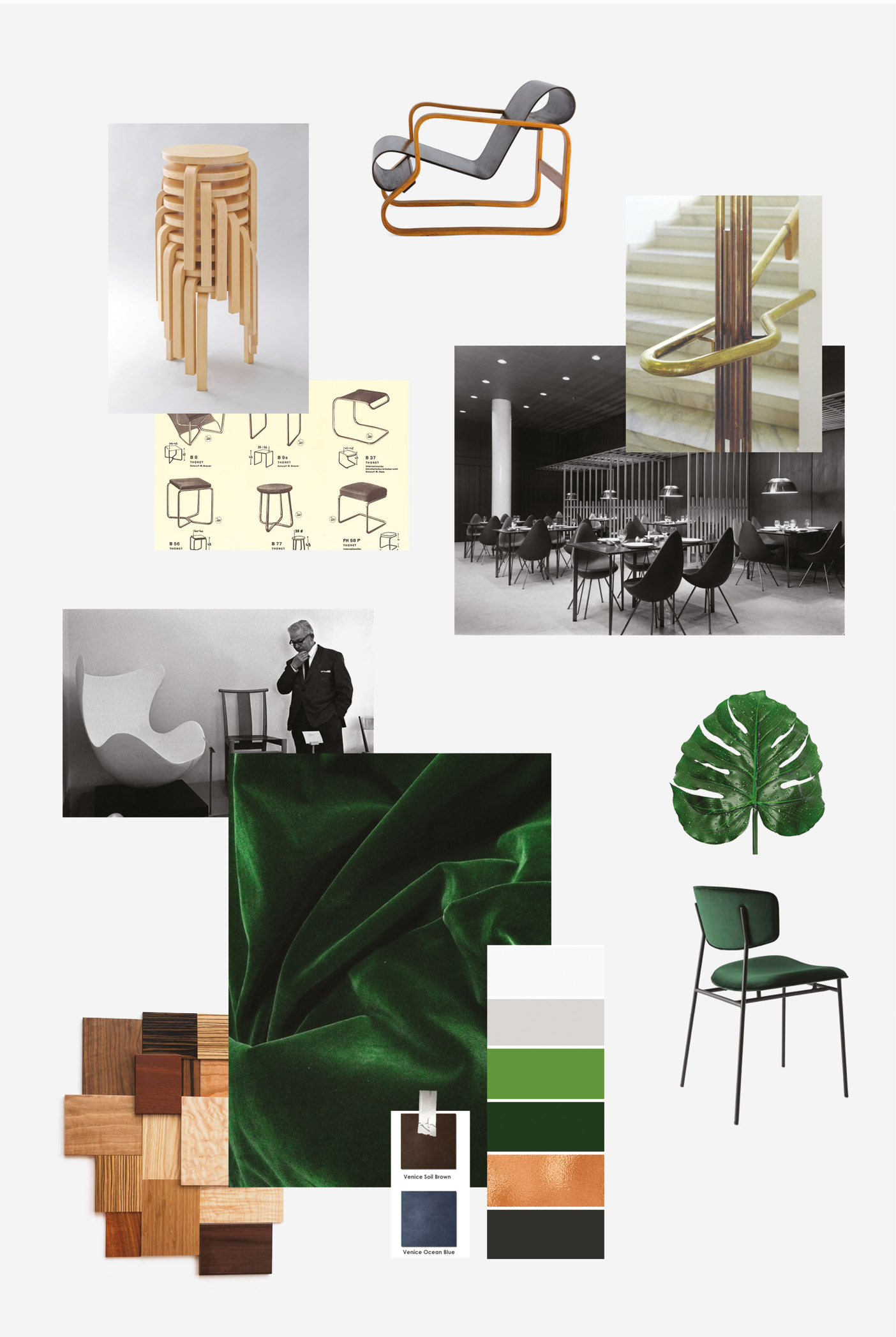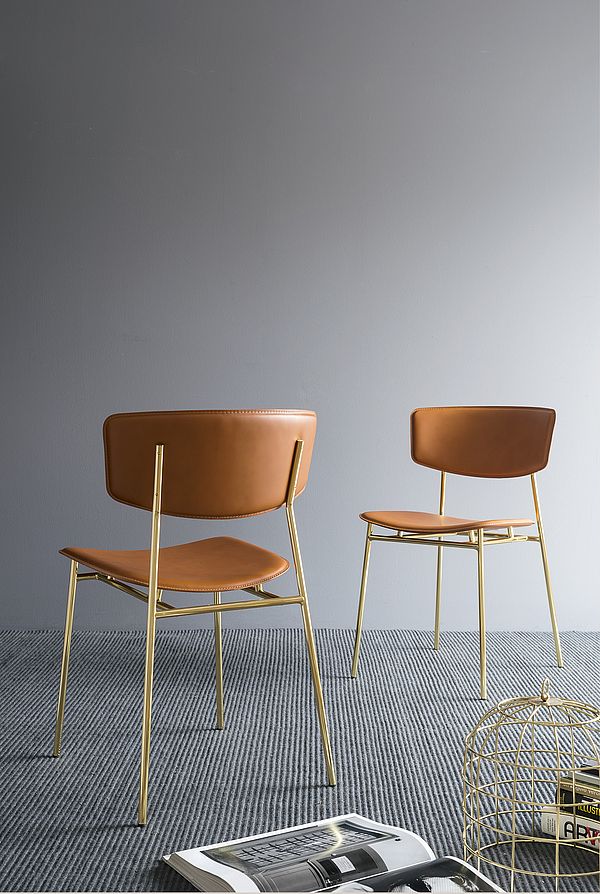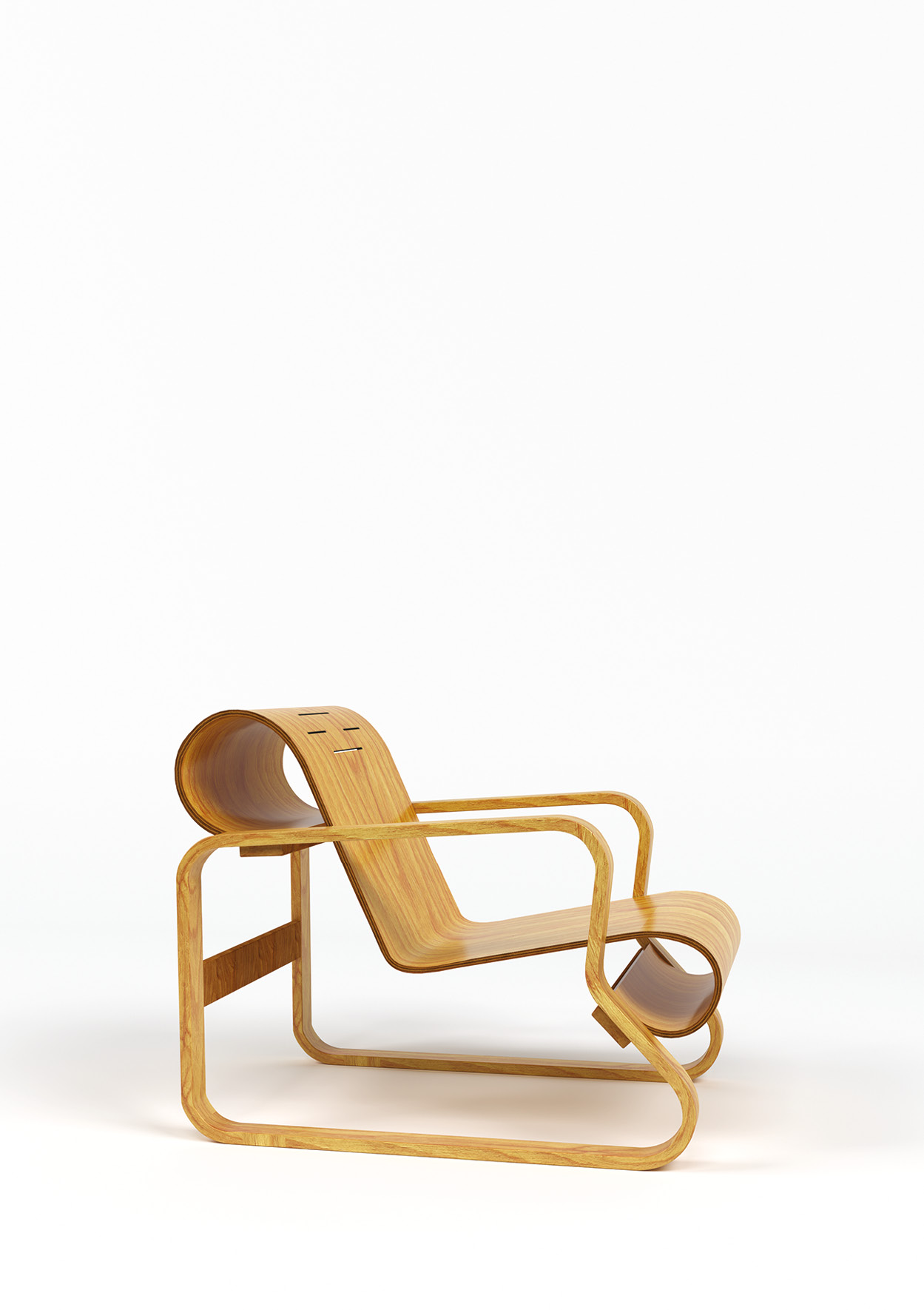Scouting out new trends.
Who are we? Where do we come from? But more than anything else, how do we make our homes look nice? In other words, can we get a sneak peek of the upcoming trends from the design world? We asked Massimo Cian, the Head of Calligaris’ Style Office, whose job it is to hunt down new fashions and find out what is trending now.
How do you predict future designs? How do you tap into emerging trends and find out what the public will be wanting further down the line? Definitely not by gazing into a crystal ball, not even if it has been exquisitely crafted by one of the most famous designers of our times. Getting results stems only from hard work, careful research, a good feeling but most especially from experience. And who knows that better than Calligaris which is always on the crest of the wave, constantly managing to offer its customers high-end design at affordable prices. This is the key to decades of success.
On the one hand, in terms of pure design, “being receptive to upcoming trends is a sense you develop naturally when you live and breathe the sector. Visiting trade fairs, reading trade journals and magazines or browsing sector-specific websites,” tell us the three young artists and founders of the BGR studio who have been working with Calligaris for some years now, “make you absorb information without even being aware of it half the time. It affects your choices and guides your tastes when it is your turn to design a product.” But on the other hand, a large international company like Calligaris cannot afford to rely entirely on intuition. A massive amount of research goes on in several different directions and the ocean creativity is sounded out to its very depths. This vital task is carried out by a real team of experts headed by Massimo Cian who has been with the company for 19 years and is currently in charge of Calligaris’ Style Office. Who could provide us with better insight and (almost) accurate predictions of what the future has in store for us? And crystal balls are nowhere on the scene.
What does your job involve?
I have to bring new models into being for Calligaris. This starts with new concepts generated by designers who we work with right up until the time the finished product is launched on the market.
Before we get to the future, what does Calligaris actually mean by design?
It means creating outstanding designs at reasonable prices. Today “democratic design” is on everyone’s lips, but we really do it, we always have. Our aim is to anticipate the tastes of a wide range of customers located in the 100 countries Calligaris is present in worldwide. That is no mean feat, especially in this particular moment in history. The furnishings and décor world is not what it used to be. It has increasingly more in common with the fashion universe where the pace is faster and preferences change from one day to the next. Nowadays, a given finish or shade will be successful for no longer than two years. This is why identifying a trend or key concept is only possible in the short to medium term.
What difference is there between creating a new trend and discovering one?
As a company, Calligaris does not strive to create new trends, but it invests a great deal in research to identify early what buyers will be coveting in the near future. There is one simple reason for this. We are not a small artisanal workshop. The philosophy that underpins all our business activities is selling top-of-the-line products at an affordable price. We want a trend to gain ground before we include it in our product range which now numbers more than 800 different models.
When we talk about new trends, we don’t just mean new styles, but also new objects, newly defined colours and innovative materials, isn’t that right?
Absolutely. We must go beyond the confines of furnishings and décor. We pay visits to textile trade fairs, all kinds of shops, we seek out unusual furnishing accessories and we scour the web. Basically, inspiration comes from all around us.
Hunting down new trends also means seeking out new production techniques, like Alessandro and Walter Calligaris did in the ‘60s when they put their faith in a new machine able to cane a chair in a minute and 20 seconds rather than two hours...
Definitely. This is a matter of course for Calligaris. This relentless innovation process takes place on a daily basis. We contact our suppliers and pay attention to anyone who has something new to tell us about manufacturing technology.
So, let’s talk about the future of the furnishings sector. What new trends is Calligaris particularly interested in?
There are three main areas: the Fifties style (vintage ‘50s), Industrial style and Scandi style. For this year and the coming one, our production range will draw inspiration from these three trends. Minimalist fashion from the previous years with a simple pristine yet austere feel is now a thing of the past, even though what I call “a reminiscent” trend still endures whereby iconic objects from the past are re-imagined - such as our new Liberty chair inspired by that great classic, the Thonet.
Let’s look at these trends in more detail. What distinguishes the Fifties style?
It is based on the American and European design from the ‘50s, obviously reworked with a contemporary slant and giving both the design and materials a modern touch.
Does any particular material dominate?
Definitely ceramic processed to obtain a marbled effect. It crops up on 70% of our tables. Its success continues to grow from year to year. It is an extraordinary material, which enables us to meet the demands of customers who want a dramatic-looking piece, which is incredibly tough at the same time. Ceramic is practically indestructible but it is also highly versatile and can be given a series of different effects - light or dark, shiny or matt, with marble patterning.... There is something for everyone.
What materials do you use for the finishes?
Definitely brass and velvet. Brass is most certainly the precious metal of the year and we use it in a polished version, but in small amounts to accent details. On the other hand, velvet is the king. As a material, it is extensively used on our furnishings range. It is an adaptable material which allows us to create a rigorous clean-cut appearance (for instance on a highly pristine chair) and a “softer” one for padded seats which show the creases and look good in shimmering hues. Talking about colours, we prefer it either in rich bold shades like dark green, teal blue or brick red or in a more subtle palette such as pale pink, thyme green or pale yellow. The Fifties style is also linked to what I call the “botanical” craze. This began trending last year and it has really come into its own. It focuses on the use of plants and floral patterns on wallpaper and upholstery.
What about the Industrial style? What is special about it?
It has evolved over the past two or three years. It used to make considerable use of iron and cement. It was heavy looking. A modern Industrial style is more airy with a minimalist feel. The dominant notes are metal with a matt-black varnishing and wood (usually oak), a retro vibe, a chunkiness about it and irregular edges. This essential bulkiness needs to be counterpointed by subtle geometrical shapes on wallpaper patterns, furnishing accessories and floor tiles.
The third and last trend is the Scandi style...
The name says it. It draws inspiration from a place where the days are short and light is scarce. Therefore, the emphasis is on brass and lighter-coloured woods like ash or oak treated with almost imperceptible finishings, giving surfaces an “eco-friendly” appeal, not to mention natural-looking fabrics and faded palettes that reflect the light. Obviously, the silhouettes find inspiration in the great masters of Scandinavian design such as Arne Jacobsen or Alvar Aalto. In truth, basically, all future trends look to the past.
